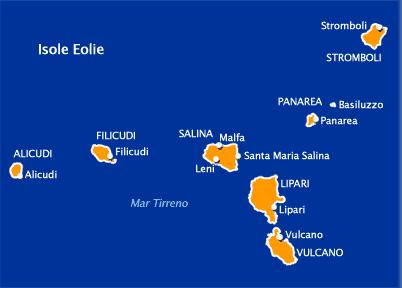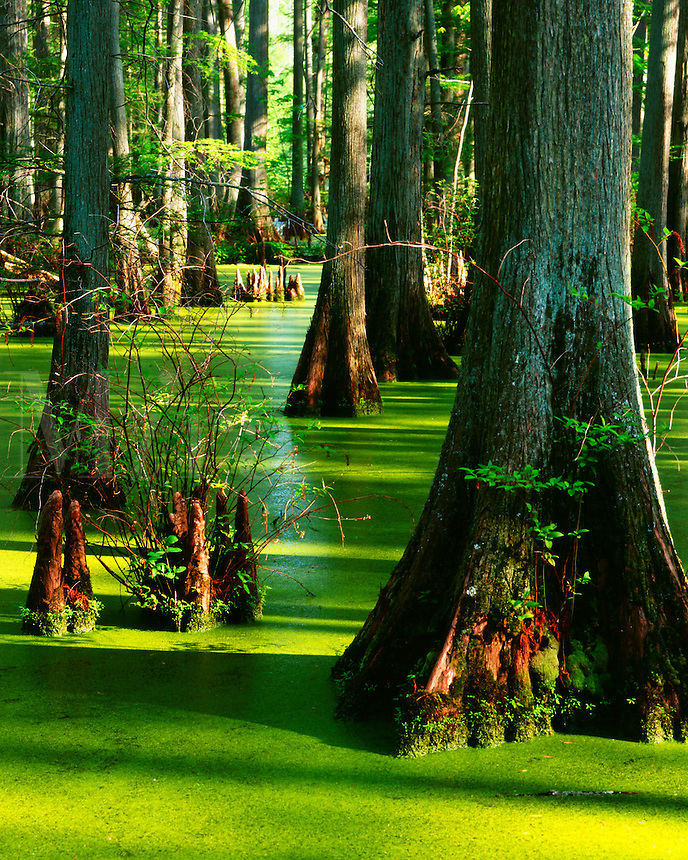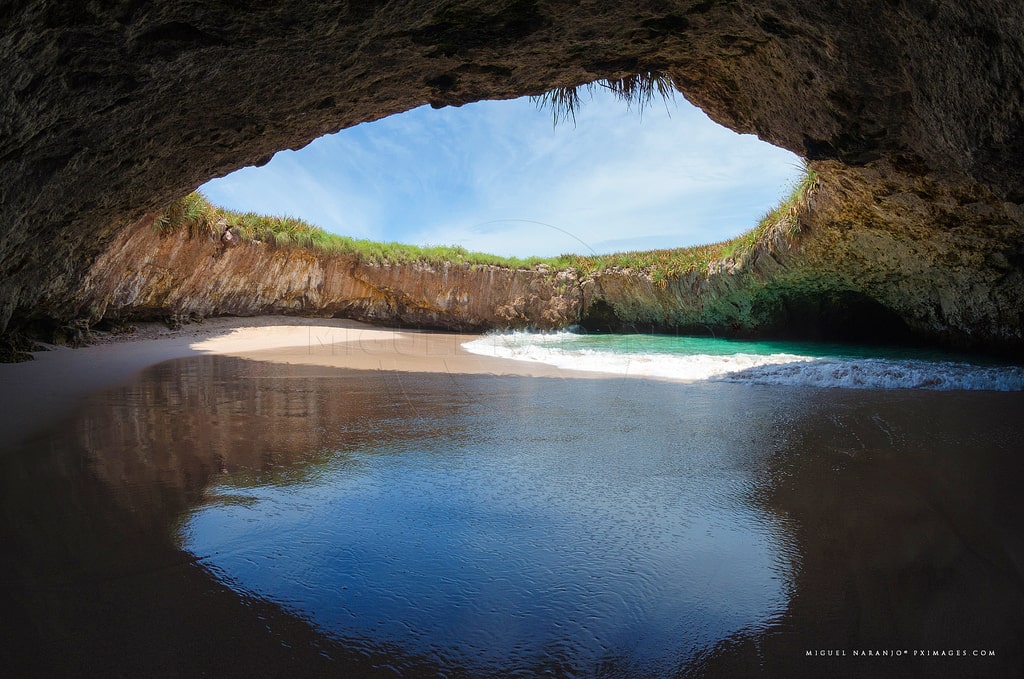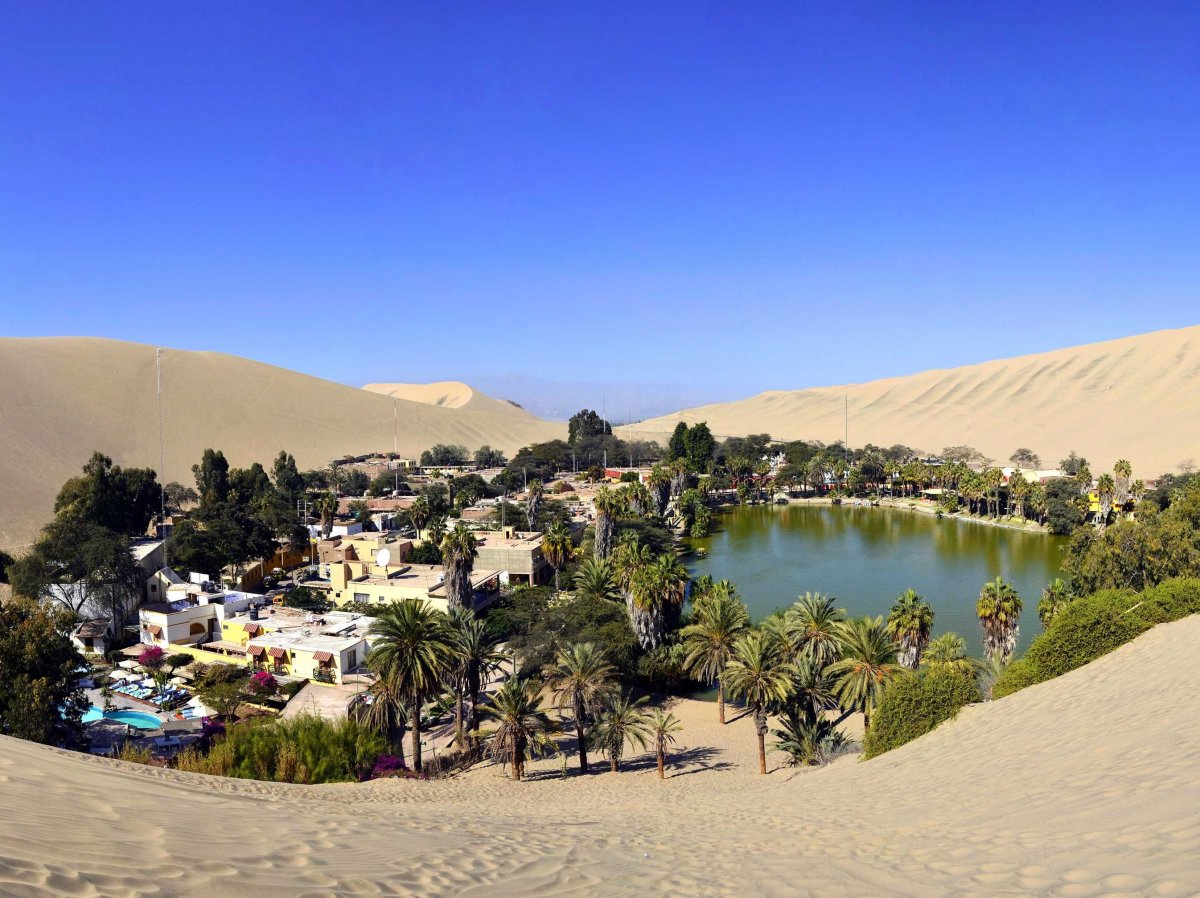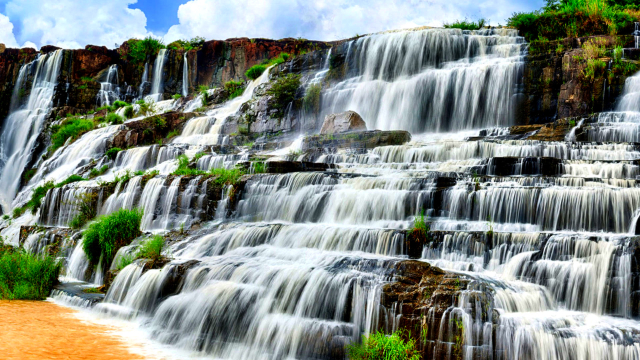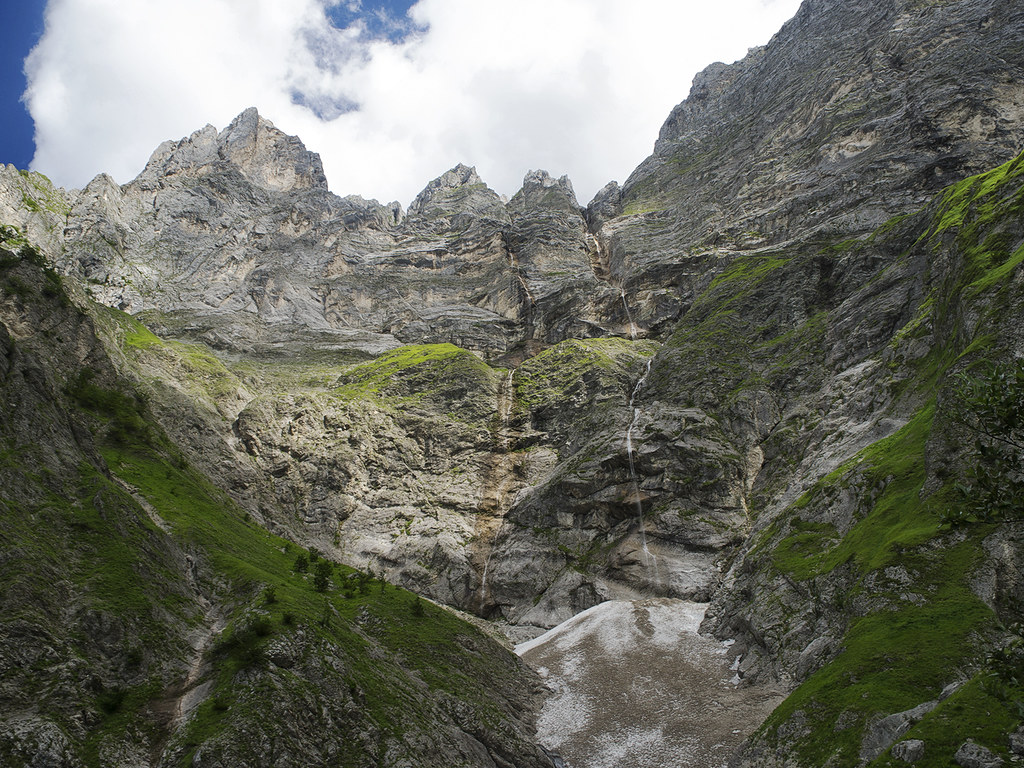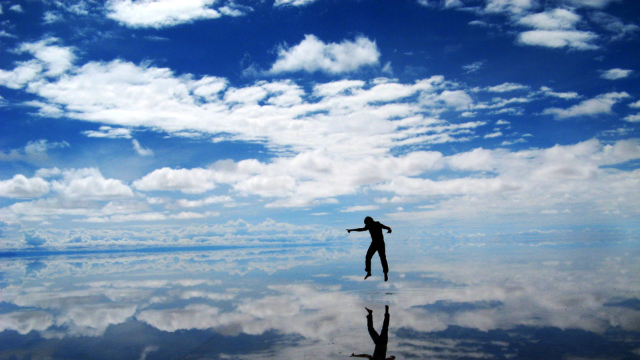The Aeolian Islands are made up of seven real islands to which are added islets and rocks that emerge from the sea. They have been studied since at least the 18th century for providing science with an example of two types of eruptions, Vulcanian-that is, eruptions of the explosive type that emit lava fragments into the atmosphere that take on a rounded shape as they fly-and Strombolian-characterized by low-energy explosions that follow one another at varying intervals.
he history of the Aeolian islands is really very ancient.
The first people who reached them settled mostly on Lipari, the largest island, and built a real village on a lava rock outcrop now known as Rocca del Castello. These people who arrived at the beginning of the 4th millennium B.C. were part of the Stentinellian civilization coming most probably from nearby Sicily and attracted by the presence of numerous obsidian quarries, a very interesting economic resource at that time, since the stone was used to build weapons and tools, before the discovery of metals: obsidian seems to have been a material of enormous value since the Neolithic period.
As we anticipated with the discovery of metals that took place around 2500 BC and then the obsidian market lost ground although, the Aeolian Islands, given their strategic position in any case did not suffer.
With the invasions of other Italic peoples in the Iron Age it fell into semi-decay for centuries, revival occurred only from the 18th century B.C. mainly due to the gratifying contacts with Mycenaean Greece: the islands were often visited by Mycenaean peoples and many outposts were also established here to control trade routes. During the 6th century B.C. finally Lipari was properly colonized by groups of Greeks of Doric stock, here they established a powerful fleet with which they went to conquer the surrounding lands, securing commercial control. Real historical evidence came with the outbreak of the First Punic War in 264 B.C. where Lipari allied with the Carthaginians to defeat the Roman Empire. Of course with the empire’s victory in 252 B.C. the Roman consul Caius Aurelius subjugated it to Rome.
Despite the flourishing period under the empire, with its fall, the islands went through a period of real decline, especially under Byzantine rule.
Lipari’s revival was only due to the conquest of the Normans, who repopulated it and fortified it, even building a castle.
During the Middle Ages many populations passed through the Aeolian Islands, such as the Swabians, the Angevins, and the Aragonese. It faced a lot of clashes during the 14th century period mainly because of disagreements between the Angevins and the Aragonese.
Later, precisely in 1443, it became part of the property of the Crown of Naples, and thus by right Lipari with the surrounding islands officially became the property of the Kingdom of Naples.
Prosperity lasted very little, however, because of constant raids by Saracens. Unfortunately, in 1544 a Turkish fleet led by Ariadeno Barbarossa destroyed the city of Lipari, reducing almost eight thousand inhabitants to slavery.
Thanks, however, to Charles V it was repopulated and fortified again… The island, however, did not turn out to live quietly in the following years always due to continuous pirate predations.
It was only when it became part of the Kingdom of the Two Sicilies that Lipari with its islands was able to return to flourish as it once had, especially because of its considerable importance as an obligatory port of call for several shipping lines.
